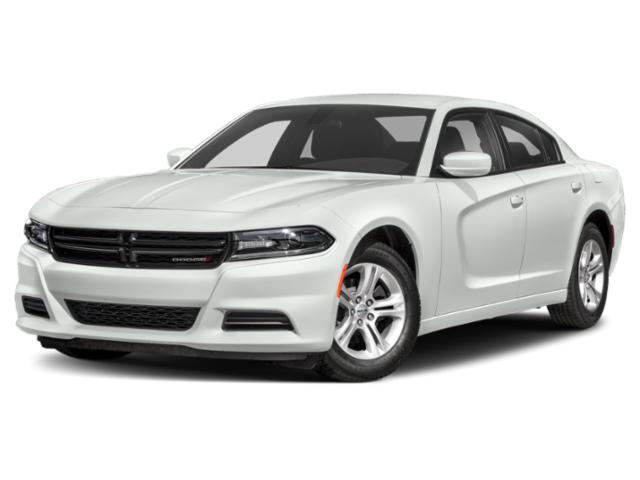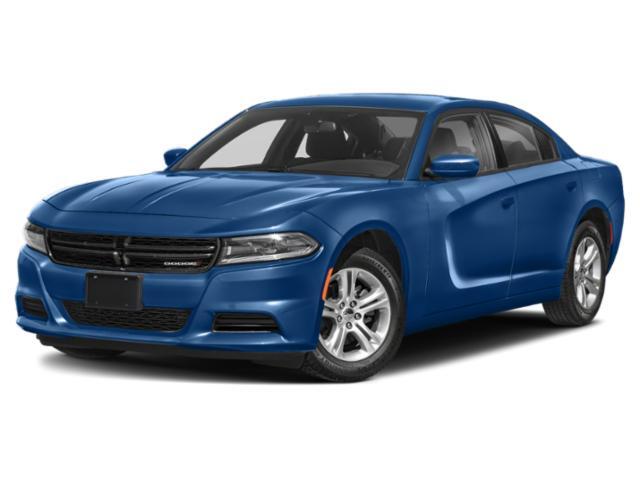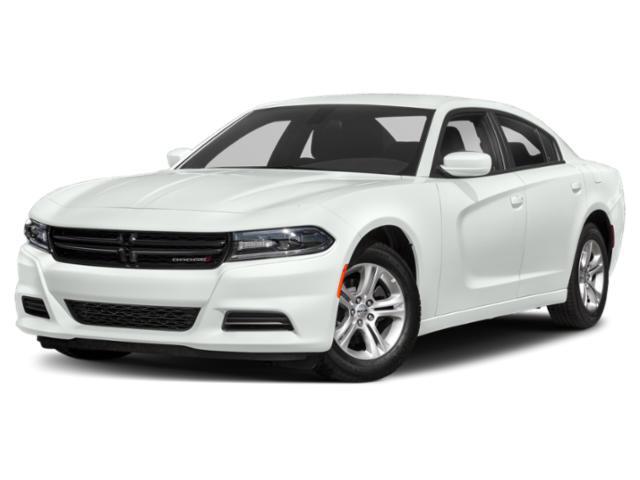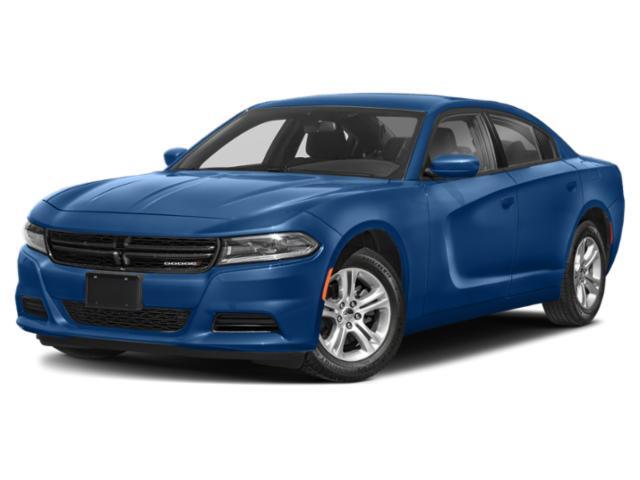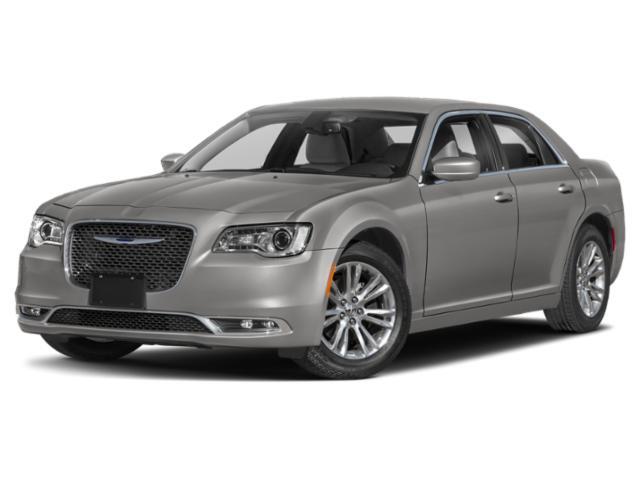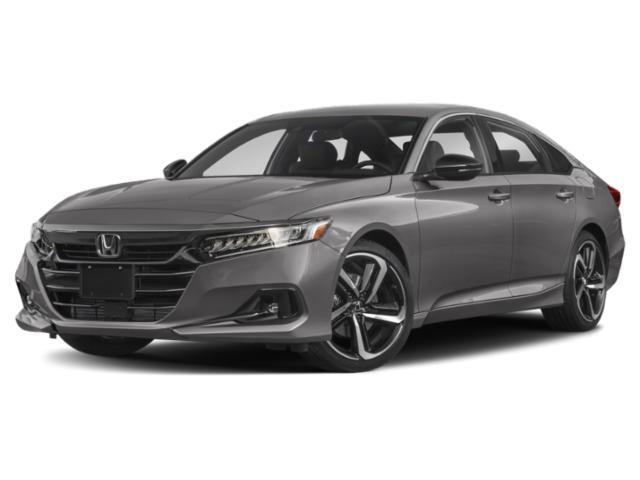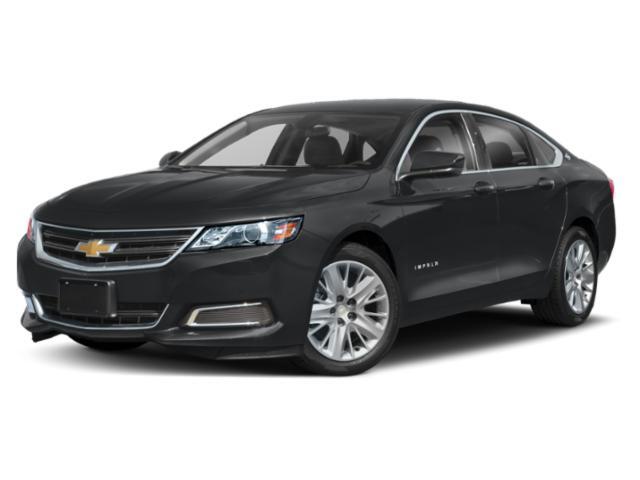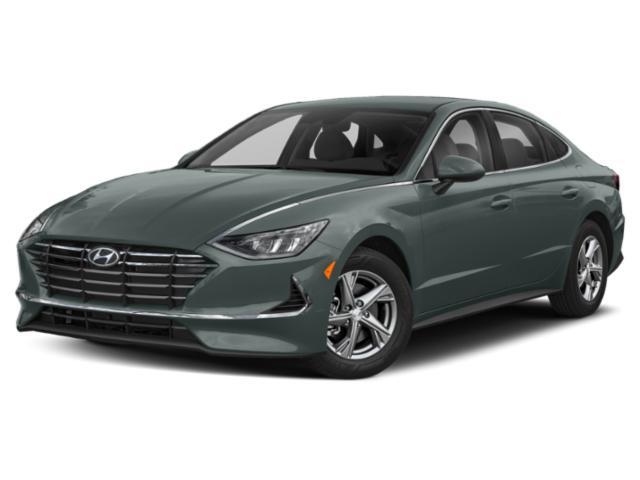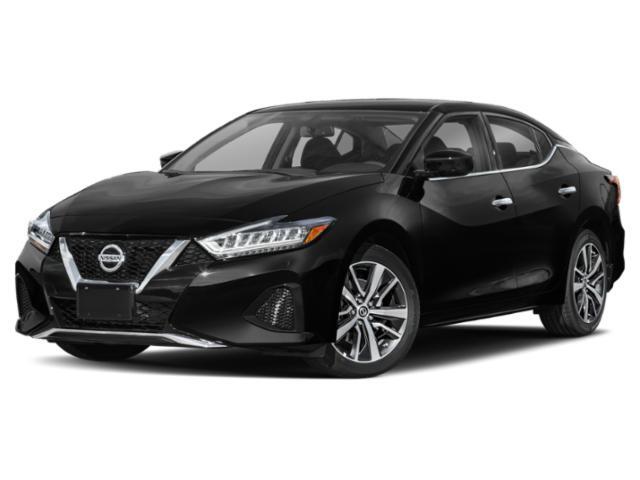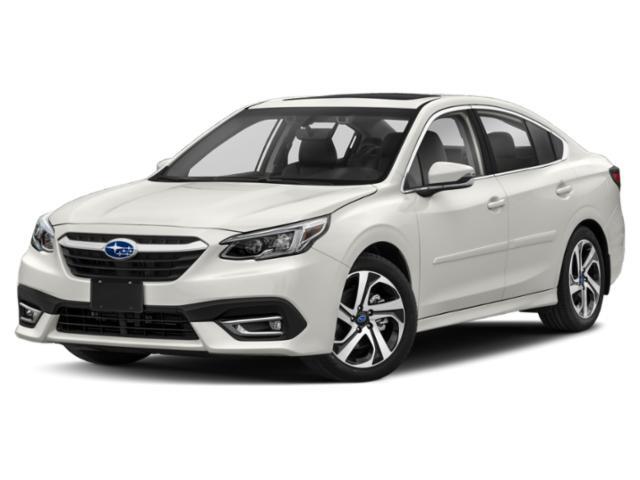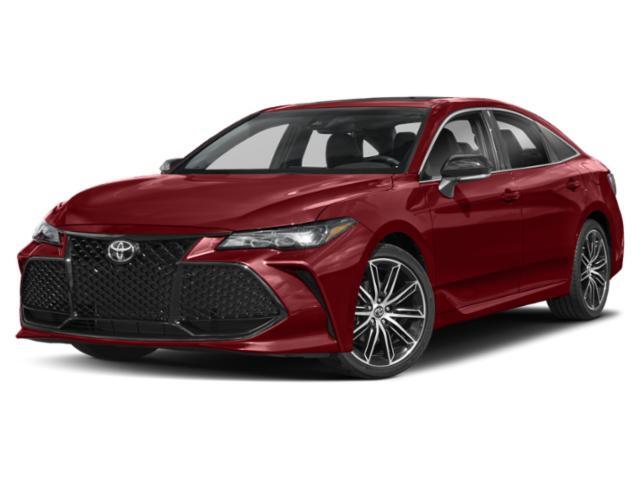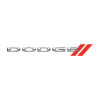
2021 Dodge Charger

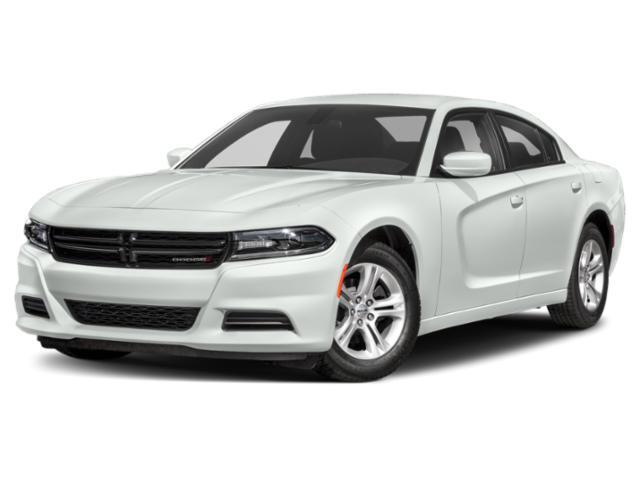
Key Specifications for 2021 Dodge Charger






Buyer’s Guide
History/Overview
The modern iteration of the Dodge Charger dates back to 2006, when Dodge’s Chrysler parent was affiliated with Mercedes-Benz. A second-generation model arrived in 2011, and was refreshed in 2015. For 2021, there are no changes.
Available Trims
Dodge offers the Charger in SXT, GT, R/T, Scat Pack 392, and SRT Hellcat trims.
SXT and GT trims use a 3.6L V6 with a choice of rear- and all-wheel drive. R/T gets a 5.7L V8, and Scat Pack 392 uses a 6.4L V8. Hellcat comes exclusively with a supercharged 6.2L V8. All V8-powered Chargers are rear-wheel drive. An eight-speed automatic transmission is standard cross the range.
Standard Features
SXT models come with 17-inch wheels and tires, auto on/off headlights, power-adjustable side mirrors, rain-sensing wipers, dual/zone automatic A/C, a digital gauge display, a six-speaker stereo with 7.0-inch infotainment screen, leather-trimmed shifter/steering wheel, an auto-dimming rearview mirror, Apple CarPlay/Android Auto, a 12-way power driver’s seat with lumbar, passive keyless entry, and rear park assist.
GT adds a performance-tuned suspension, 20-inch wheels, a hood scoop, LED fog lights, a rear spoiler, heated side mirrors, a 4G LTE WiFi hotspot, an 8.4-inch touchscreen, an amplified stereo, shift paddles, bright pedals, LED map pocket lighting, satellite radio, remote engine start, and a universal garage door remote.
R/T trim gains LED front footwell lighting.
Scat Pack 392 models get a heavy-duty engine cooling system, an anti-spin differential, high-performance suspension, line lock, heated front seats, and a heated steering wheel. A widebody variant adds a competition suspension with adaptive dampers.
Hellcat trim gets engine after-run cooling, HID headlights, tilt-down-in-reverse side mirrors with courtesy lights and driver’s side dimming, hood heat extractors, ventilated front seats, Laguna leather upholstery, a power front passenger seat, heated rear seats, soft-touch dash panels, a power-adjustable steering wheel, LED front overhead lighting, orange brake calipers, blind spot monitoring, and rear cross traffic alert.
Key Options
SXT and GT options begin with AWD. Navigation comes bundled with various other connectivity features. A cold weather package brings a heated steering wheel. The driver convenience group adds HID headlights, LED fog lights and a garage door remote. The tech group is where you’ll find forward collision alert, auto emergency braking, adaptive cruise, and automatic high beams.
The Plus group is massive and expensive, adding heated/ventilated front seats and heated wheel, Nappa leather, power steering column, heated side mirrors, blind spot monitor, and numerous other convenience and cosmetic items.
R/T offers a Daytona Edition pack with different wheels, various cosmetic touches, heated/ventilated front seats, a heated wheel with power adjustments, heated rear seats, power front passenger seat, and LED overhead lighting.
Scat Pack 392 buyers can add a dynamics pack of Brembo brakes, a flat-bottom steering wheel, and performance tires.
Hellcat upgrades include a Harman/Kardon stereo, navigation, an Alcantara interior pack and a carbon/suede cabin bundle.
Fuel Economy
Dodge’s fuel consumption estimates for the Charger are 12.4/7.8 L/100 km (city/highway) with the 3.6L engine and RWD, and 12.8/8.7 with AWD. Ratings for the 5.7L motor are 14.7/9.4 L/100 km.
Scat Pack 392 cars are ranked 15.9/9.6 L/100 km (city/highway), and the Hellcat’s figures are 19.0/11.5 L/100 km.
Competition
Sorting out the Charger’s competitors can be tough due to its wide range of performance options. V6-powered cars go up against the Toyota Avalon and the mechanically similar Chrysler 300, and Dodge’s Challenger coupe is effectively a two-door version of the Charger offered with the same engines.
Scat Pack and Hellcat versions have the power to keep up with some of the most potent German sport sedans, but can’t challenge their sophistication and refinement.
Review & Compare:
Photos

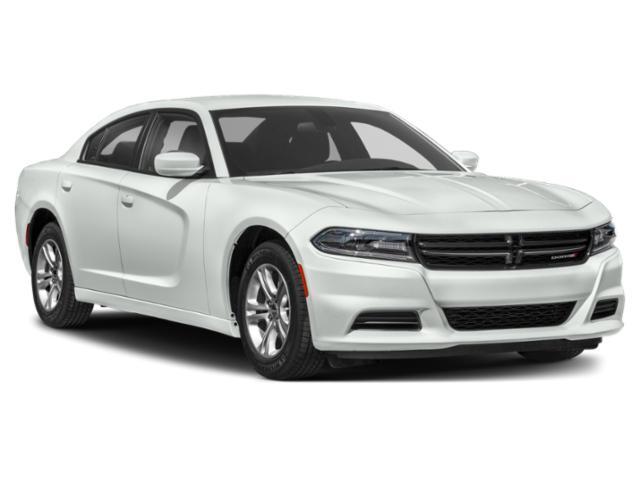
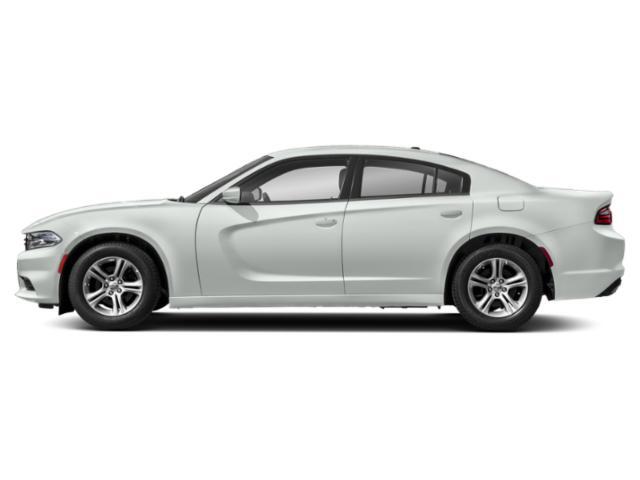
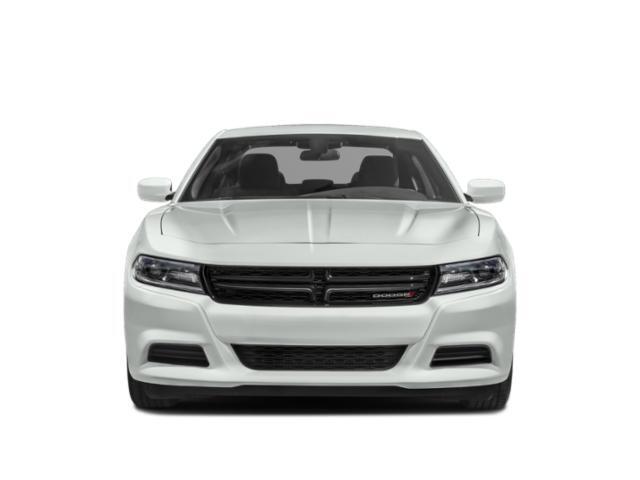
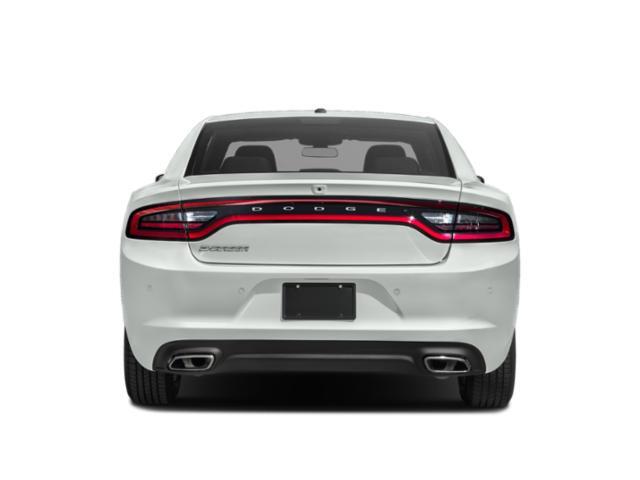
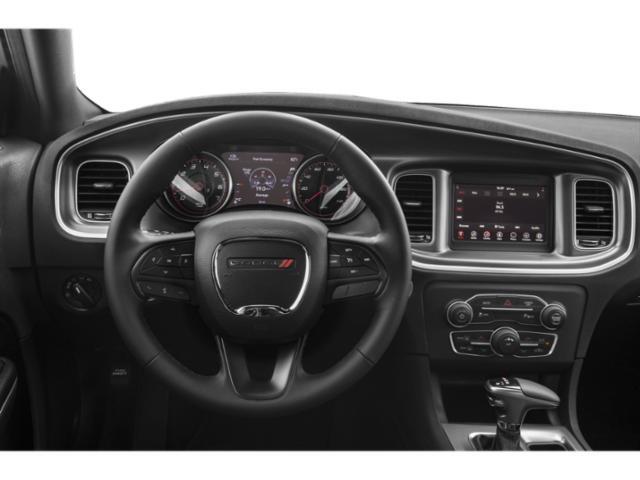
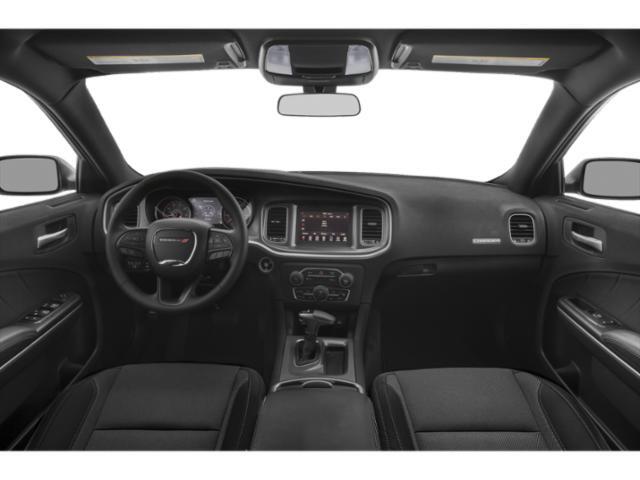
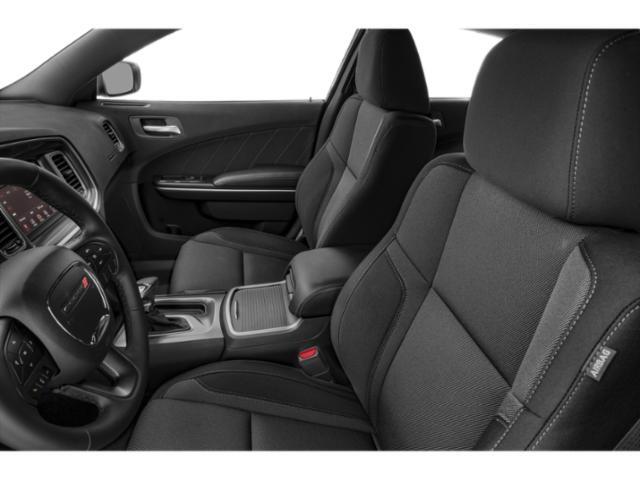
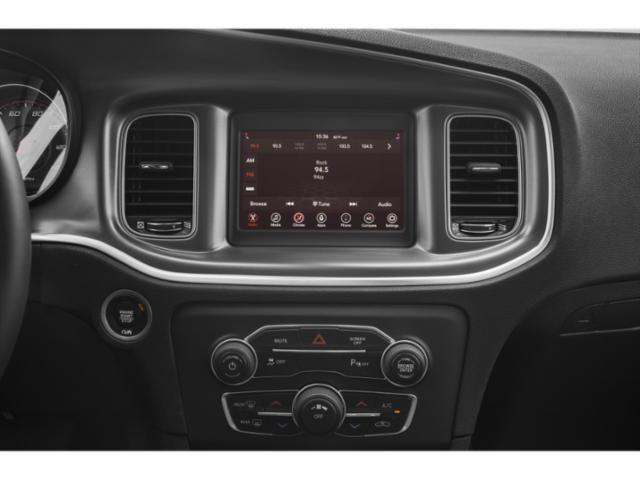
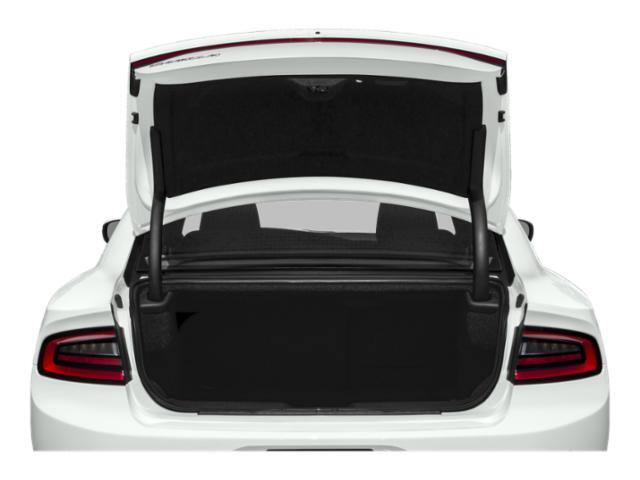
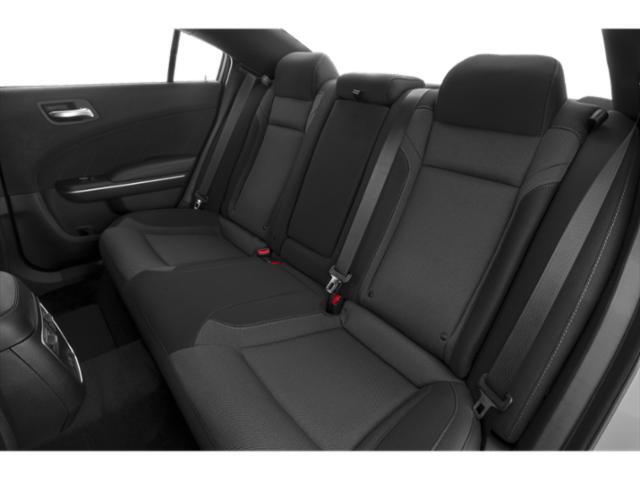
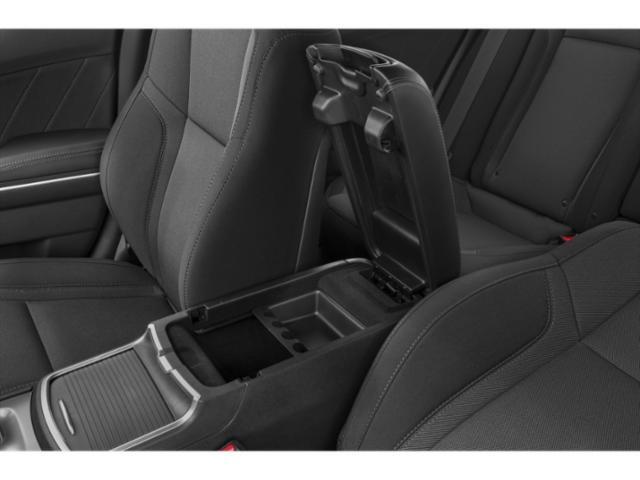
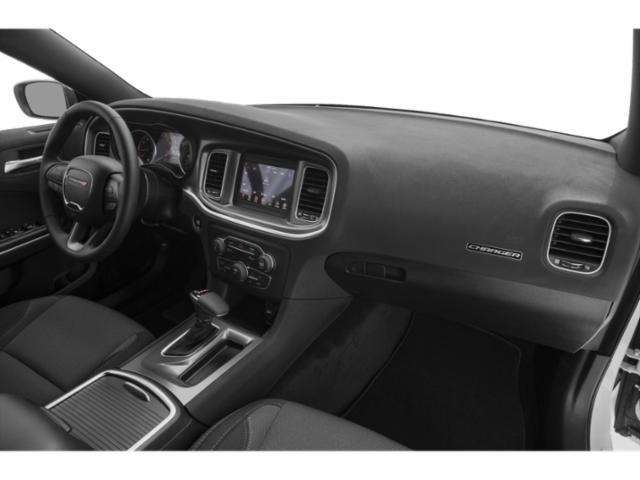
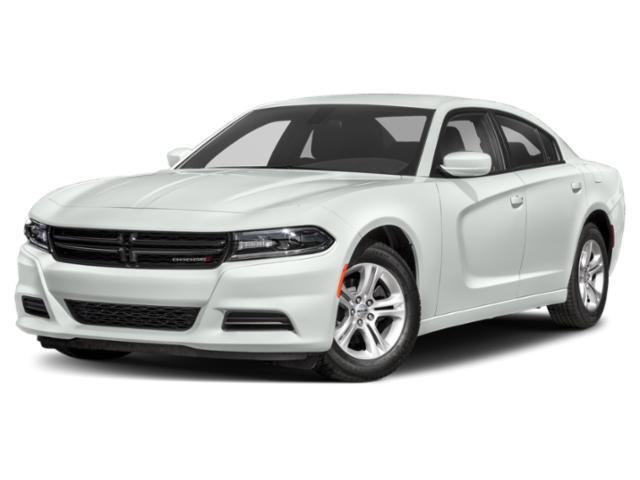
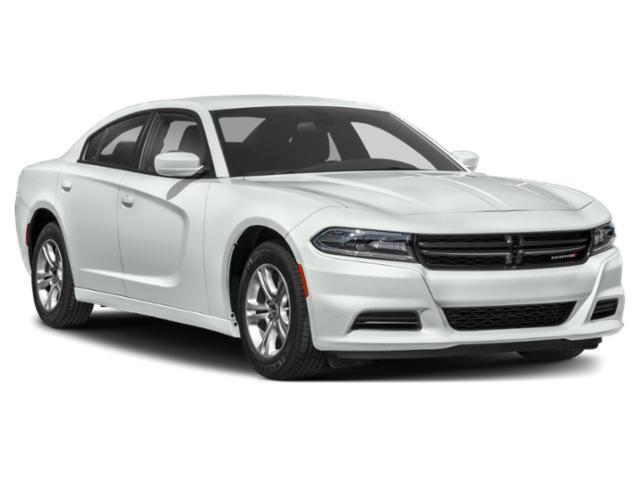
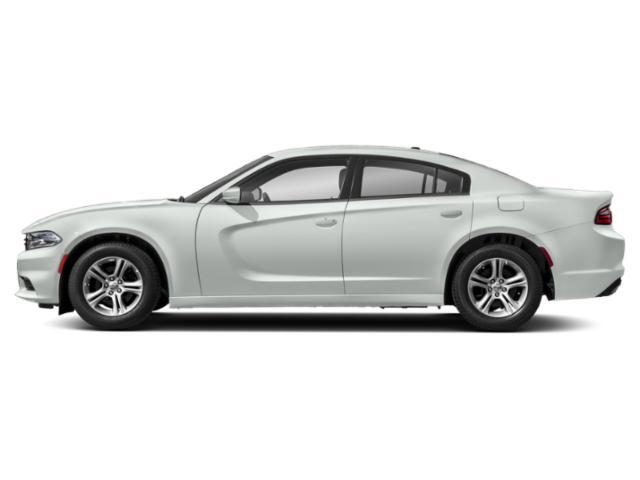
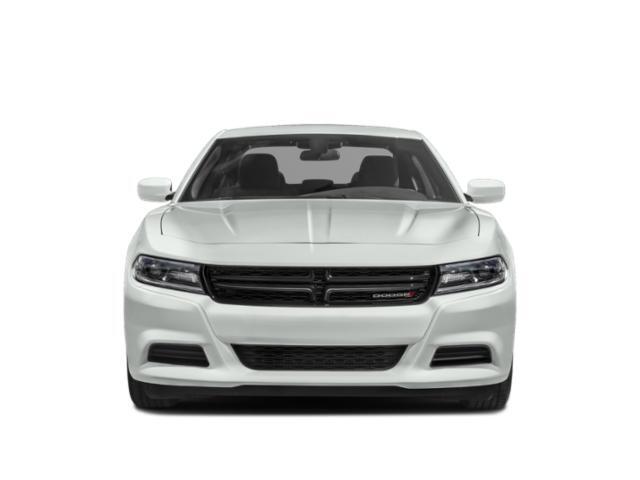
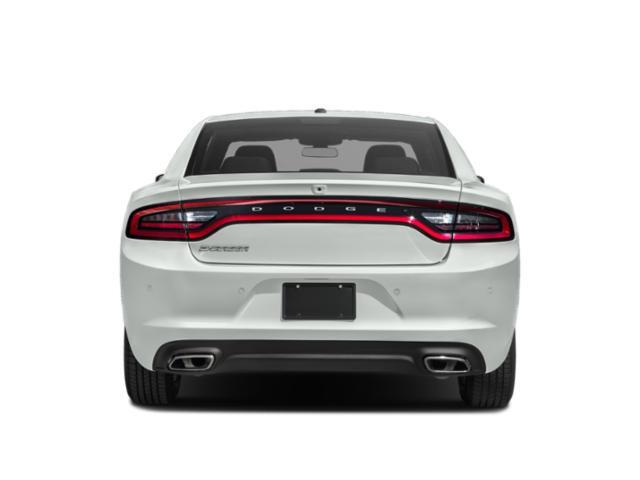
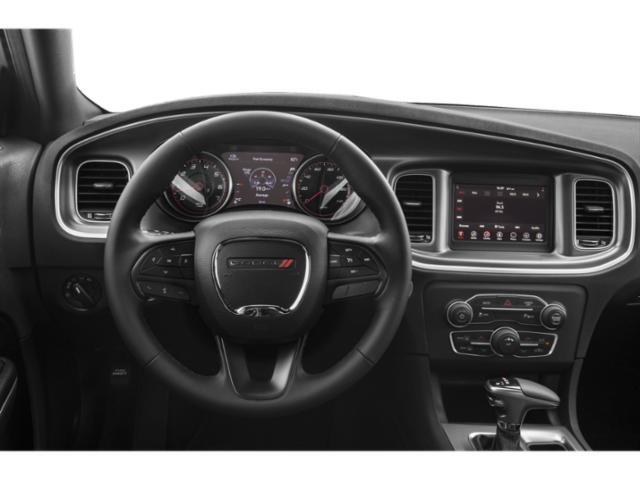
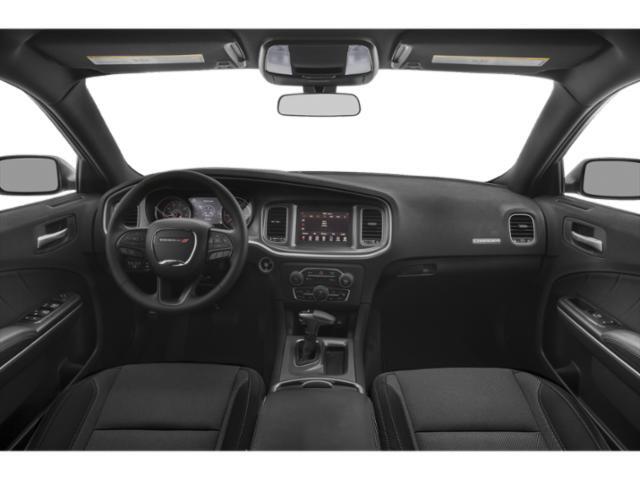
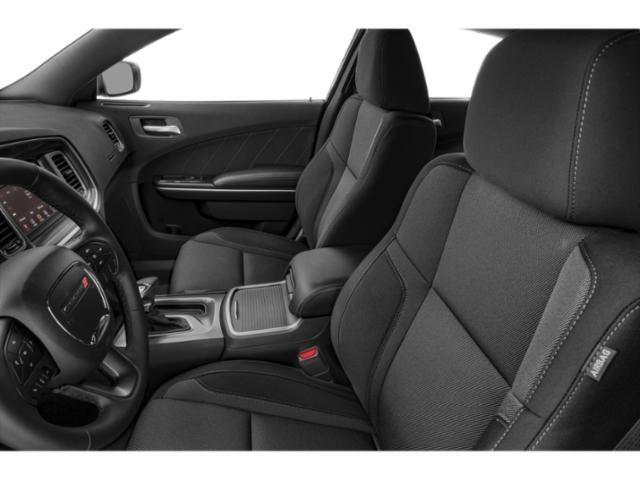
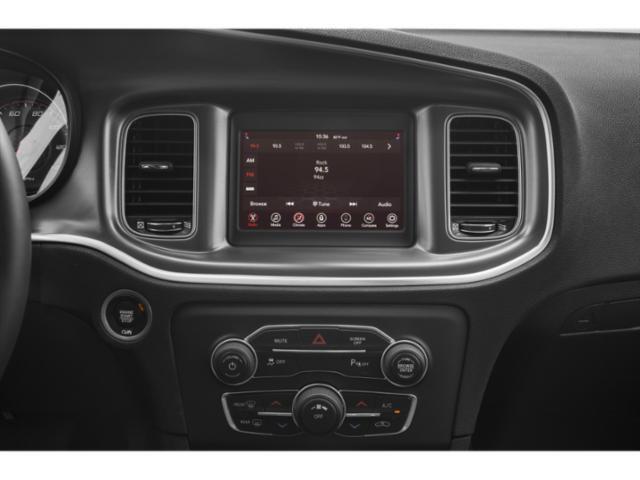
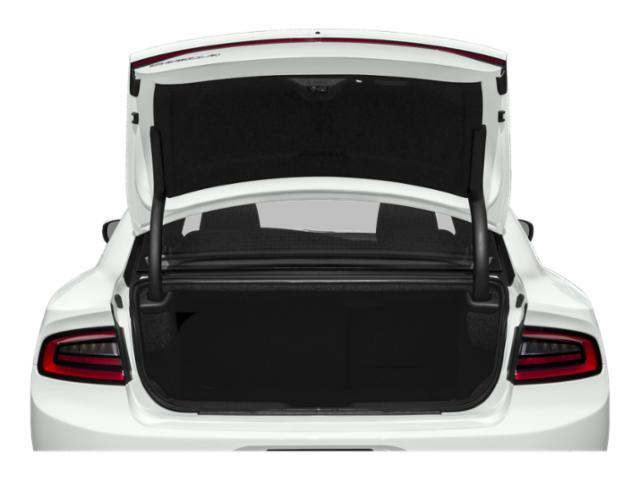
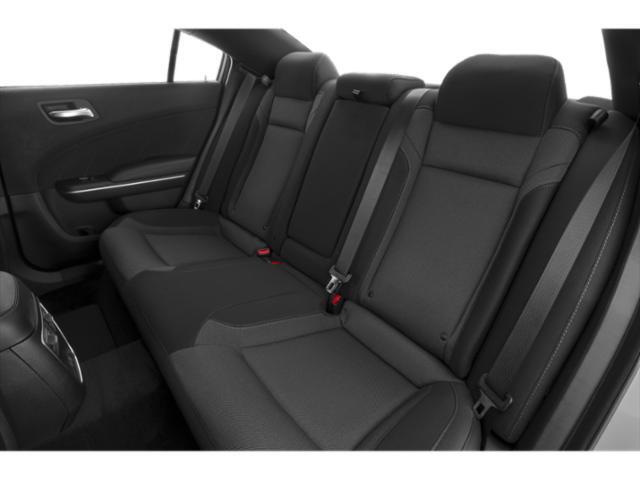
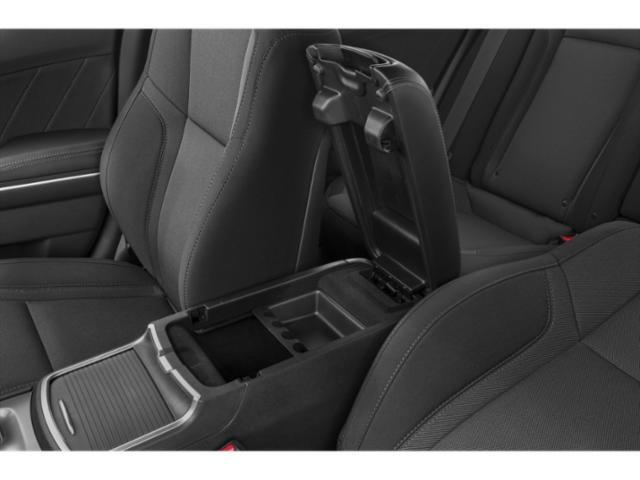
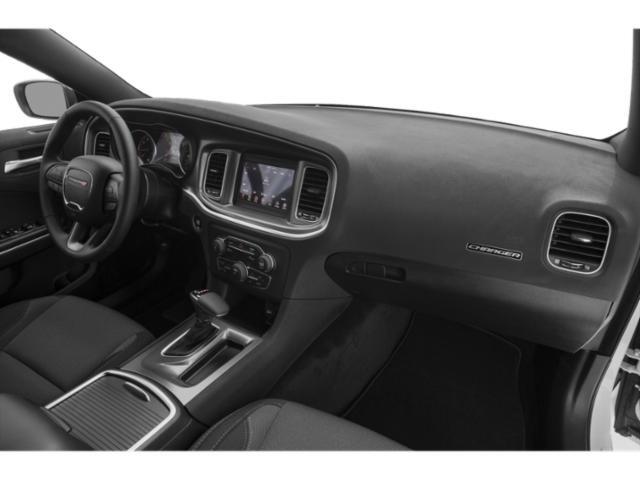




























2021 Dodge Charger SRT Hellcat Redeye Widebody Review: Horsepower wars holdout
AutoTrader Review










